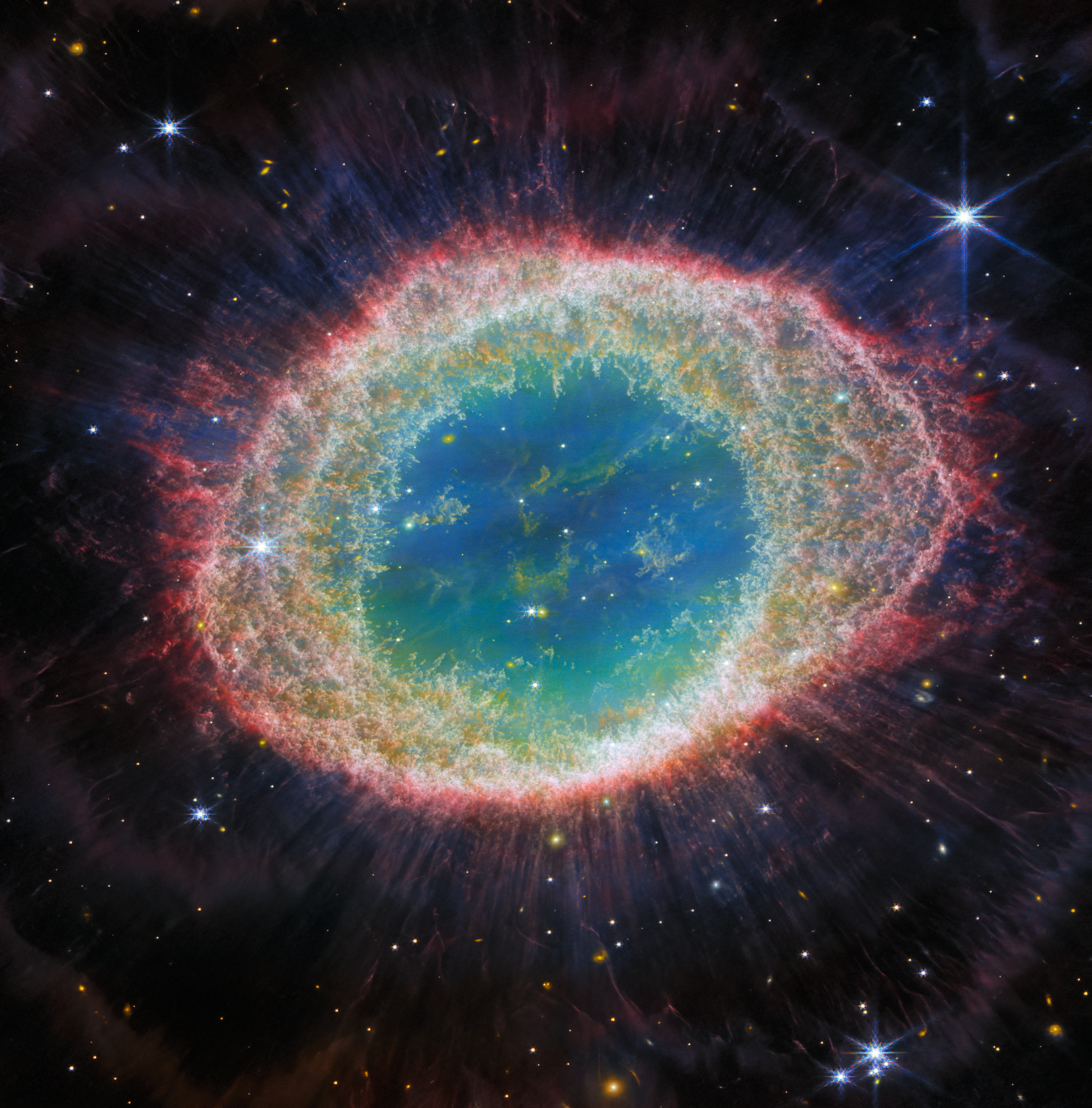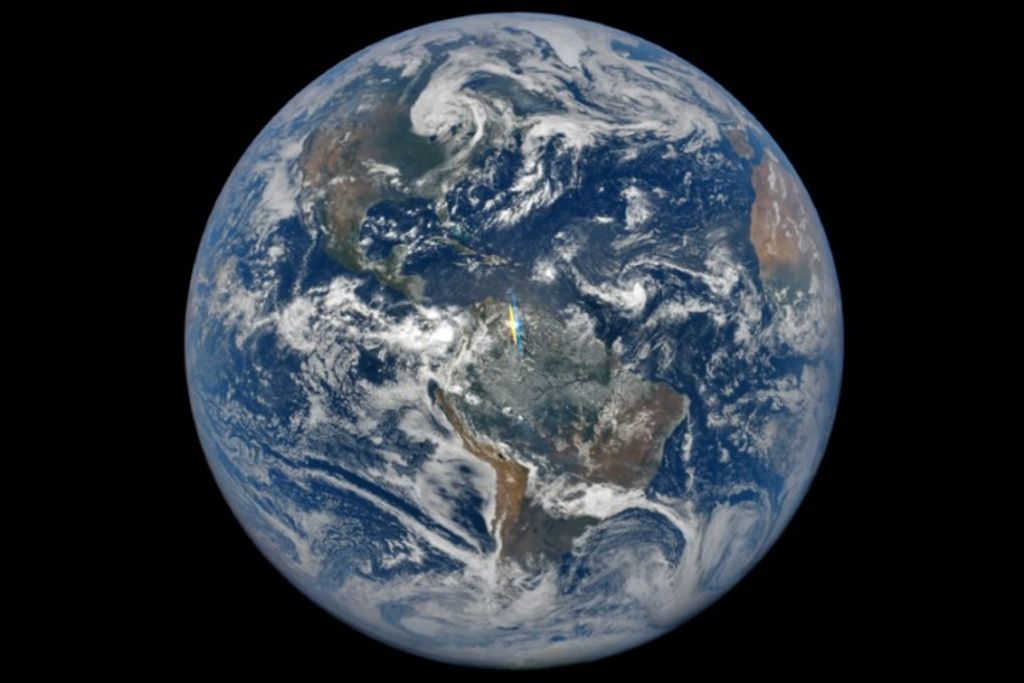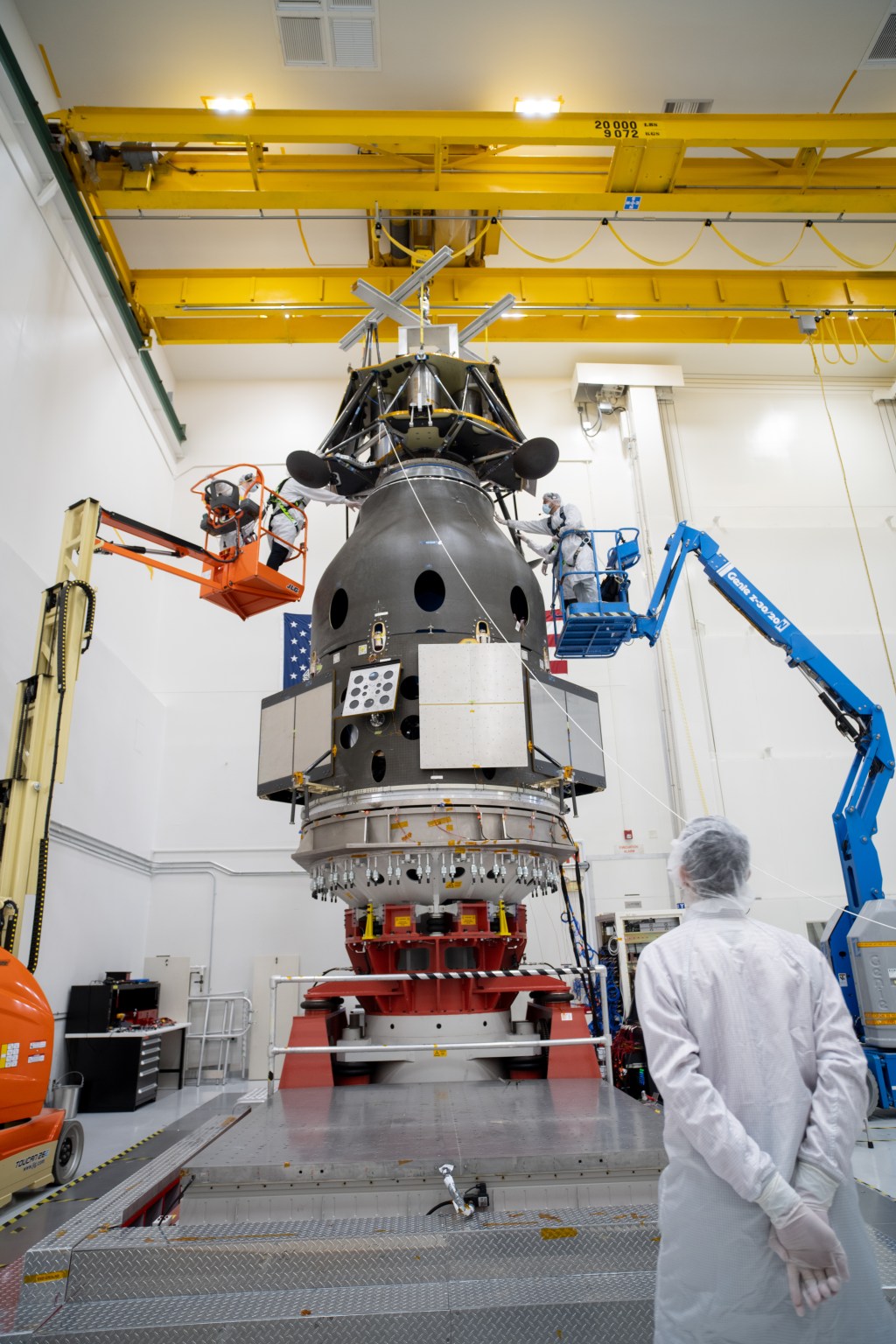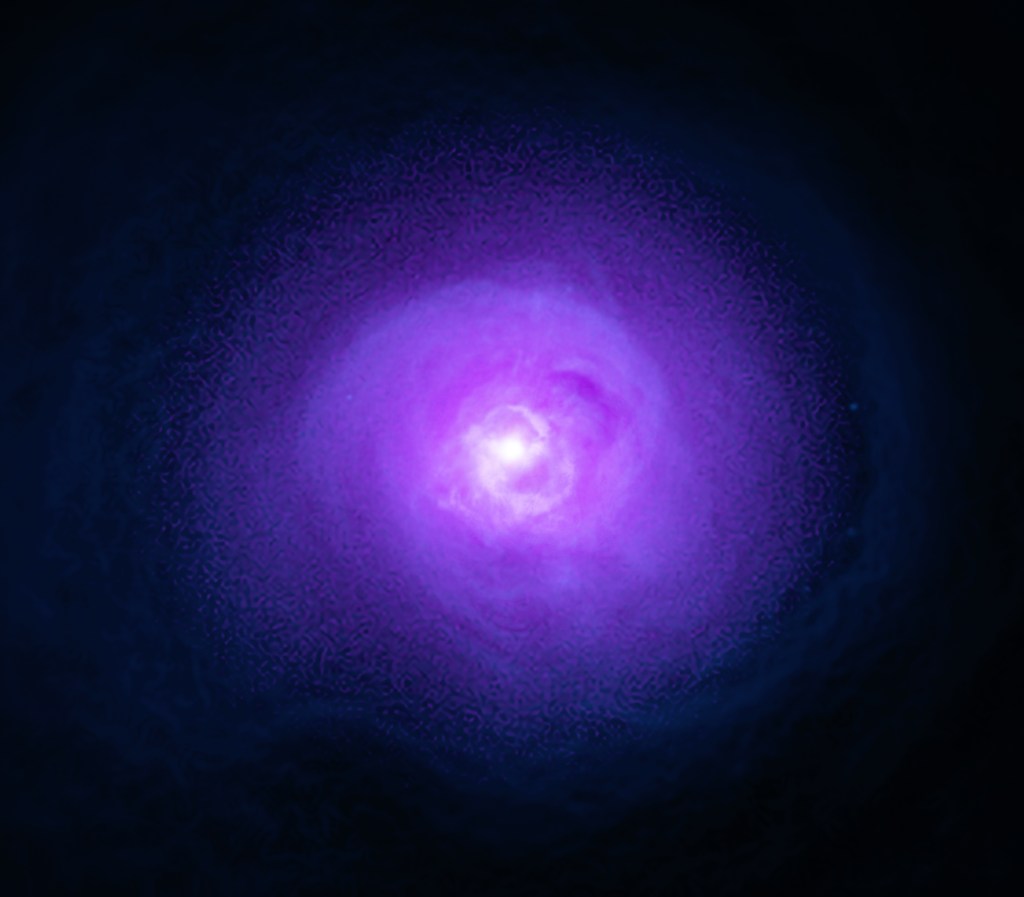1 min read
Ring Nebula (NIRCam Image)

NASA’s James Webb Space Telescope has observed the well-known Ring Nebula in unprecedented detail. Formed by a star throwing off its outer layers as it runs out of fuel, the Ring Nebula is an archetypal planetary nebula. Also known as M57 and NGC 6720, it is relatively close to Earth at roughly 2,500 light-years away.
This new image from Webb’s NIRCam (Near-Infrared Camera) provides unprecedented spatial resolution and spectral sensitivity. For example, the intricate details of the filament structure of the inner ring are particularly visible in this dataset.
There are some 20,000 dense globules in the nebula, which are rich in molecular hydrogen. In contrast, the inner region shows very hot gas. The main shell contains a thin ring of enhanced emission from carbon-based molecules known as polycyclic aromatic hydrocarbons (PAHs). Roughly ten concentric arcs are located just beyond the outer edge of the main ring. The arcs are thought to originate from the interaction of the central star with a low-mass companion orbiting at a distance comparable to that between the Earth and Pluto. In this way, nebulae like the Ring Nebula reveal a kind of astronomical archaeology, as astronomers study the nebula to learn about the star that created it.
About the Object
- R.A. PositionR.A. PositionRight ascension – analogous to longitude – is one component of an object's position.18:53:35
- Dec. PositionDec. PositionDeclination – analogous to latitude – is one component of an object's position.+33:01:45
- ConstellationConstellationOne of 88 recognized regions of the celestial sphere in which the object appears.Lyra
- DistanceDistanceThe physical distance from Earth to the astronomical object. Distances within our solar system are usually measured in Astronomical Units (AU). Distances between stars are usually measured in light-years. Interstellar distances can also be measured in parsecs.2,300 light-years
- DimensionsDimensionsThe physical size of the object or the apparent angle it subtends on the sky.2.14 x 2.17 arcminutes
About the Data
- Data DescriptionData DescriptionProposal: A description of the observations, their scientific justification, and the links to the data available in the science archive.
Science Team: The astronomers who planned the observations and analyzed the data. "PI" refers to the Principal Investigator.This image was created with Webb data from proposal: 1558 (M. Barlow)
- InstrumentInstrumentThe science instrument used to produce the data.NIRCam (Near-Infrared Camera)
- Exposure DatesExposure DatesThe date(s) that the telescope made its observations and the total exposure time.4 August 2022
- FiltersFiltersThe camera filters that were used in the science observations.F162M, F212N, F300M, F335M
- Object NameObject NameA name or catalog number that astronomers use to identify an astronomical object.Ring Nebula, M57, NGC 6720
- Object DescriptionObject DescriptionThe type of astronomical object.Planetary nebula
- Release DateAugust 21, 2023
- CreditImage: ESA/Webb, NASA, CSA, M. Barlow (UCL), N. Cox (ACRI-ST), R. Wesson (Cardiff University)

This image is a composite of separate exposures acquired by the James Webb Space Telescope using the NIRCam instrument. Several filters were used to sample specific wavelength ranges. The color results from assigning different hues (colors) to each monochromatic (grayscale) image associated with an individual filter. In this case, the assigned colors are: Blue: F162M, Cyan: F212N, Green: F300M, Red: F335M
Share
Details
Laura Betz
NASA’s Goddard Space Flight Center
Greenbelt, Maryland
laura.e.betz@nasa.gov
ESA/Webb, NASA, CSA, M. Barlow (UCL), N. Cox (ACRI-ST), R. Wesson (Cardiff University)




























